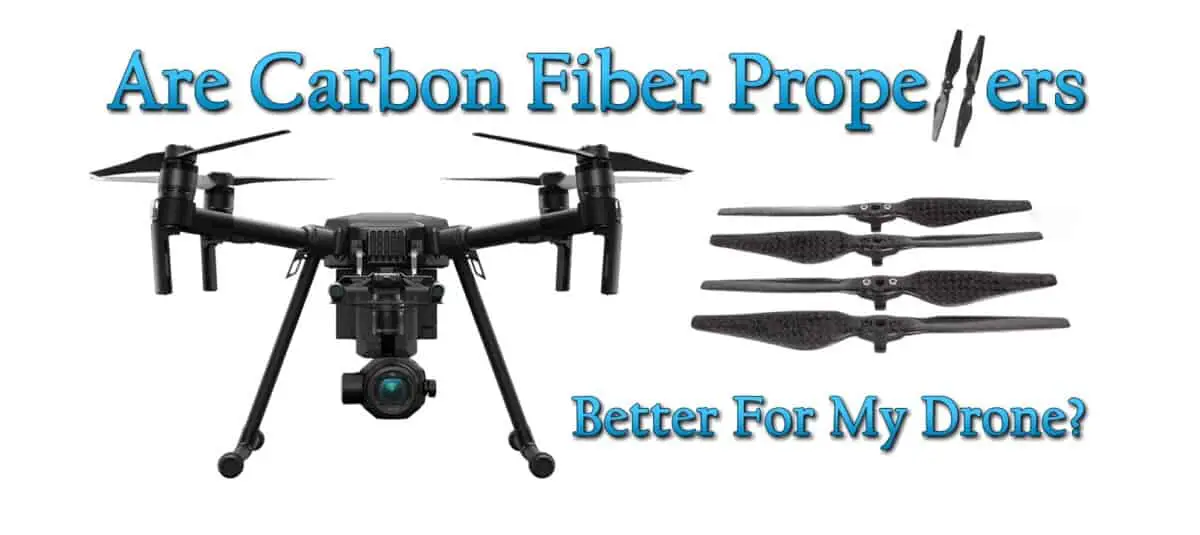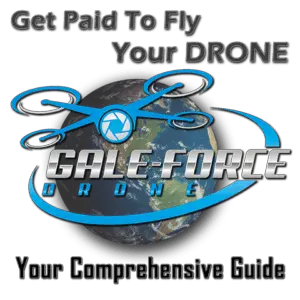
Carbon Fiber Drone Propellers are now very affordable and provide the following benefits when operating your drone.
- Carbon Fiber propellers are both very lightweight and substantially stronger than typical plastic propellers.
- This allows for smooth and stable flights by limiting vibration that may impact your photo and video output.
- While not indestructible, the strength and rigidity of carbon fiber propellers will be less susceptible to cracking or failure.
It’s amazing how quickly technology evolves. I remember when the cost of carbon fiber props were twice the price or more than the standard plastic props. So these days, our options and selection are much more vast than even a year or two ago. From plastic, to carbon fiber and even wooden props, offered in a rainbow spectrum of colors and designs, replacing your props is no longer just maintenance, but a way to customize your gear!
My Personal Experience Using Carbon Fiber Propellers

In my experience, using carbon fiber props have been crucial in maintaining consistent flight cycles by extending the life of the props. When running the standard plastic DJI props on the Matrice 600, carrying LiDAR, GPR scanners, the DJI plastic props tend to break down and begin cracking at the joints due to the weight of the payload and the maneuvering necessary while scanning irregular terrain. I have found that the carbon fiber props hold up and last much longer under the same stress. Another benefit I have seen over time is that the carbon fiber props are lighter and spin up much faster than regular plastic or composite props, resulting in improved responsiveness. An additional advantage worth mentioning for carbon fiber propellers is the rigidity giving the blade a better retention of its airfoil shape throughout different flight maneuvers, especially aggressive ones. Conversely, plastic props do have a tendency to flatten out slightly in flight, especially under heavier payloads and maneuvering as I mentioned.
In Conclusion...
I have enjoyed many conversations with other drone operators on this topic and there are definitely mixed experience and opinions. Ultimately, it is most important that you do your own diligence to determine which propeller solution works best for your particular application or service.
How To Get Your FAA Part 107 Pilot Certification
If you are serious about making money with your drone, whether it be Real Estate, Aerial Inspections, etc., then you will need, from the FAA a 14 CFR Part 107 certification.
The best source for your training can be found by clicking on RemotePilot101. Jason Schappert is a pilot and author of 8 best-selling aviation flight training books. While studying and taking tests is not the most fun, Jason breaks it down into 10 easy to follow (at your own pace) video lessons. These lessons are straight and to the point giving you the exact knowledge, nothing less, nothing more than what you need to pass the exam. Additionally, he is continually updating the training to keep it relevant to any changes to FAA regulations. This membership is a 1-time subscription – for life! So when you’re 24 month renewal comes around, just sign in to RemotePilot101 and refresh your training.
Just remember, if you are flying commercially, you will need your Part 107 certification. It’s not hard, you can do it!

